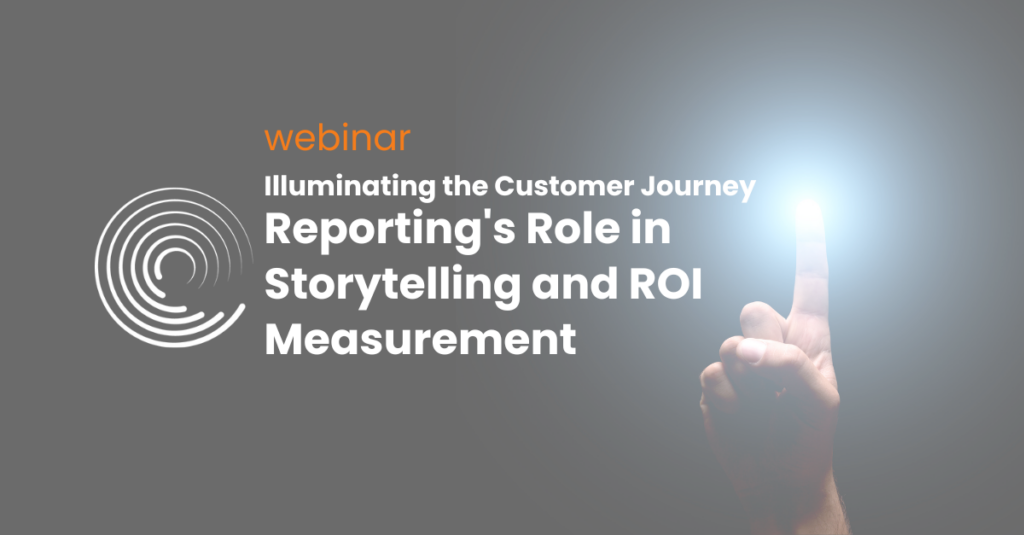You’ve been reading and researching and digging into the benefits and outcomes associated with account-based marketing (ABM), and you’re finally ready to bite the bullet and get started. Of course, there are lots of resources that can help walk you through the common steps necessary to develop your ABM strategy, but beyond the “do x, y, and z” outlines, there are also the “been there, done that, please don’t make the same mistakes we did” tips that can help make your implementation strategy smoother.
The reality is, ABM (in some form) has been around for decades, so there’s no sense in trying to navigate this process alone. It’s important to pay close attention to the tips and tools available so you can avoid some of the common pitfalls that could slow your ABM success down. If you’re committed to getting your strategy right the first time around, consider these 5 straightforward tips.
Get the right buy-in
Once you’ve decided to implement ABM, it can be tempting to barrel ahead wholeheartedly, expecting your marketing team to carry the load of the transition without really needing buy-in from other people in your organization. Surely they’ll get on board once they see how successful ABM can be, right?
Not so fast. This way of thinking is like putting the cart ahead of the horse. Maybe you’ll make some progress, but it won’t be nearly as successful as if you had just gone ahead and done it the right way.
There are a couple of reasons why ABM shouldn’t be implemented by marketing alone. First, ABM is a long-term strategy that can have great results down the road but typically starts slow. It’s important that the leaders in your organization are aware (and okay with) the fact that it may take some time to get the return on investment that you’re promising. If higher-ups expect results tomorrow, everyone (including you) will be disappointed.
Second, unlike other marketing strategies, ABM is built on an interconnected relationship between marketing and sales. To get the absolute best results, the two departments are working hand-in-hand at the same time on the same accounts to convert the best possible leads into “wins.” Without buy-in from sales, you’re essentially trying to win a footrace with one leg broken. So as you start your ABM strategy, don’t brush over the importance of organization buy-in: It’s more critical to long-term success than you might think.
Don’t reinvent the wheel
Yes, your team is smart, talented, and on the cutting edge of marketing creativity, but that doesn’t mean your team should be starting from scratch with an ABM strategy just because, theoretically, they can. There is absolutely no sense in saying, “Alright, we’re implementing ABM, so get out your pen and paper and get to work!”
No, now’s the time to lean into the ABM best practices developed by other smart, talented marketers, and to use the tools they developed to help make your ABM transition the best it can possibly be. That means using the software that’s been built for this purpose, rather than trying to piece together your own tracking tools (please, please, put the spreadsheets away).
For instance, Full Circle ABM is an easy-to-implement, full-service ABM software that’s native to Salesforce (which you’re likely already using) and has the built-in tools to track, store, and leverage your account funnels in a way that aligns marketing and sales to monitor activity, gauge results, and measure campaign success. It’s a marketing present just waiting to be opened to help you skip the pain and hassle of trying to make your own ABM tools.
Figure out how to use your historical data
According to writer and philosopher George Santayana, “Those who cannot remember the past are condemned to repeat it.” In the same light, those who don’t learn from their own histories aren’t as equipped to avoid pitfalls or capitalize on positive scenarios.
The same applies to your ABM marketing strategy. It’s one thing to track and measure current campaigns to see how they’re going, but it’s another thing entirely to monitor historical data and measure trends over time. What if you’re able to notice that interest in a particular up-sell or campaign gained significant interest from target accounts a year ago, but it’s seeing significantly fewer results this year? Even if the current campaign appears to be going well, the change in year-over-year interest is something you should be aware of.
The catch is that if you don’t have a plan in place for capturing, tracking, and analyzing historical data, you’re going to have a hard time doing it. One thing that truly sets Full Circle ABM apart from other ABM platforms is that it is designed to track, store, and leverage historical data. That means you don’t have to come up with your own system — it’s built right into the software, giving you the ability to observe trends over time with the click of a few buttons, making it easier to optimize your campaigns for the future.
Play the long game
While it’s been said before, it’s worth reiterating the point: ABM strategies aren’t short-term solutions to help convert as many customers as possible as quickly as possible. No. ABM is a long game.
In fact, the goal of ABM is to makeover your organization’s entire approach to identifying qualified accounts and marketing to them in the most personalized, productive manner so as to convert sales and increase the bottom line down the road. Not today. Not tomorrow. Not next month. But slowly, gradually, and with clear intention so that in a year, two years, three years, you’re able to look at your return on investment and say, “Wow, that really paid off.”
So as you work through the implementation of your strategy, put in the groundwork — the “heavy lifting” — now, even if it seems to be slow, thankless work. That means doing your research, taking the time to set up your systems in the most detailed and efficient way possible, keeping communication open with other departments, and making sure the targeted accounts you prioritize from the get-go are the absolute best fit for your organization’s products.
The more you plan, prepare, organize, strategize, and collaborate with your team and the sales team, the faster you’ll end up seeing positive results down the road … even if it is farther in the future than you’d prefer.
Remember, the devil is in the details
Once you’ve gone to the trouble of putting in the groundwork and setting up all the systems necessary to track and manage your marketing campaigns, don’t let the data you accumulate sit there gathering proverbial dust.
All too often, organizations have the data they need to make the best possible marketing decisions right at their fingertips … and they don’t even realize it. This is because it’s one thing to collect your marketing data … It’s another thing to analyze and use it.
Part of the problem is that it’s easy to get “lost” in mountains of data. Unless you have a good way to see trends at-a-glance, like charts or graphs that break down the most important information on campaign interest and interaction, it can be hard to know exactly what you’re looking at.
Full Circle ABM is designed to make it easy to track and analyze your current and historical data so you can quickly gain the insights you need to capitalize on your campaigns. With a variety of different dashboards, like the Funnel Trends Dashboard, which gives you stage-by-stage insight into how long it takes a target account to move through your ABM funnel, or the Planning & Achieving Dashboard, which charts and graphs how engaged your target accounts are, it’s easy to check on your campaigns at-a-glance. And based on what the data shares, you can make more informed decisions to constantly improve your ABM strategy.
At the end of the day, ABM works. But to implement a new strategy correctly, it’s important to slow down, get buy-in, do your research, and make sure you have a system in place to effectively capture and analyze your data. It may seem like a lot of busy work, but by playing the long game, you’ll be proud of your future results.
Author: Ben Farman, Marketing Manager
Save this eBook for later.
Learn how to measure and engage key accounts, and identify top intent providers to enhance your ABM strategy.




